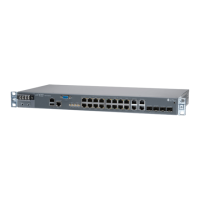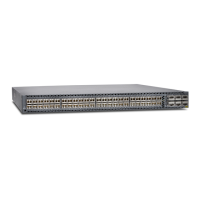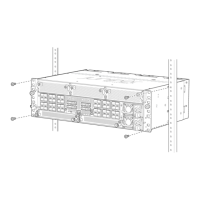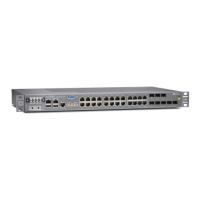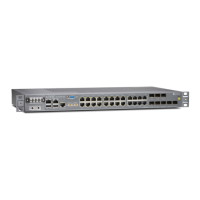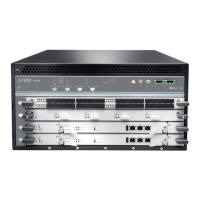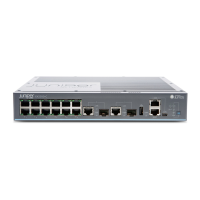3 Mar 11 05:00:03.714 EXTCTRL LSP: Sent Path computation request and LSP
status
2 Mar 11 05:00:03.714 EXTCTRL_LSP: Computation request/lsp status contains:
bandwidth 10000000 priority - setup 4 hold 4 hops: 20.31.1.2 20.31.2.2
1 Mar 11 05:00:00.279 EXTCTRL LSP: Awaiting external controller connection
Created: Mon Mar 11 05:00:00 2013
Total 1 displayed, Up 1, Down 0
Egress LSP: 0 sessions
Total 0 displayed, Up 0, Down 0
Transit LSP: 0 sessions
Total 0 displayed, Up 0, Down 0
The Computed ERO is 20.31.1.2, 20.31.2.2, and 20.31.8.2. The PCE-controlled LSP is
established using the local configuration parameters.
Related
Documentation
Support of the Path Computation Element Protocol for RSVP-TE Overview on page 692•
Example: Configuring Path Computation Element Protocol for MPLS RSVP-TE with Support
of PCE-Initiated LSPs
This example shows how to configure the Path Computation Client (PCC) with the
capability of supporting Path Computation Element (PCE)-initiated traffic-engineered
label-switched paths (LSPs).
•
Requirements on page 721
•
Overview on page 722
•
Configuration on page 724
•
Verification on page 728
Requirements
This example uses the following hardware and software components:
•
Three routers that can be a combination of ACX Series, M Series, MX Series, or T Series
routers.
•
A TCP connection to two external stateful PCEs from the ingress router (PCC).
•
Junos OS Release 16.1 or later running on the PCC.
Before you begin:
•
Configure the device interfaces.
•
Configure MPLS and RSVP-TE (RSVP-Traffic Engineering).
•
Configure OSPF or any other IGP protocol.
721Copyright © 2017, Juniper Networks, Inc.
Chapter 23: Configuring Path Computation Element Protocol (PCEP)
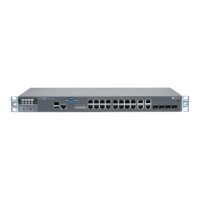
